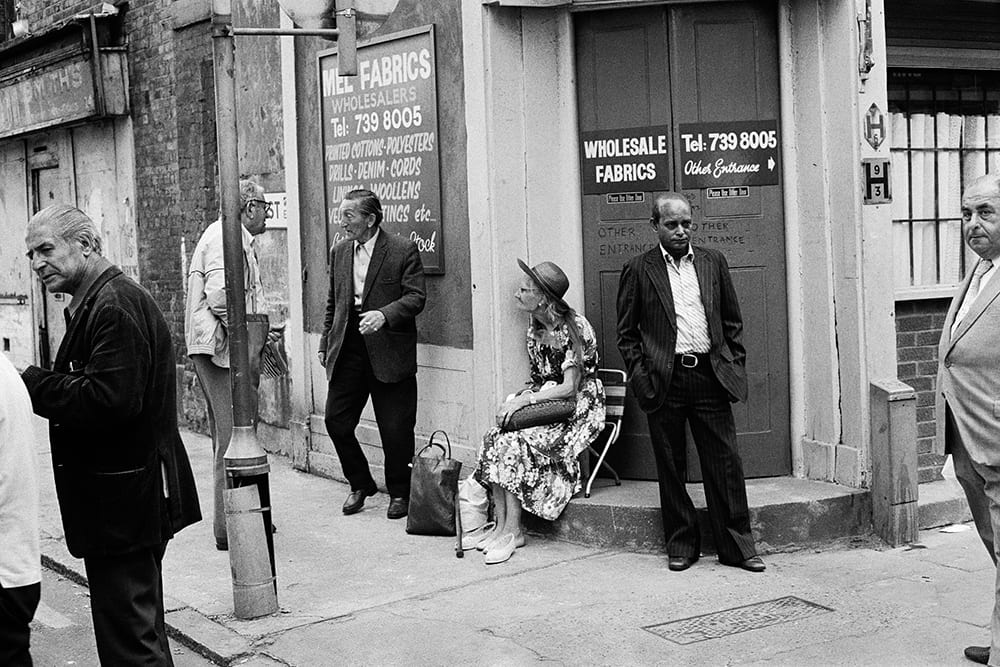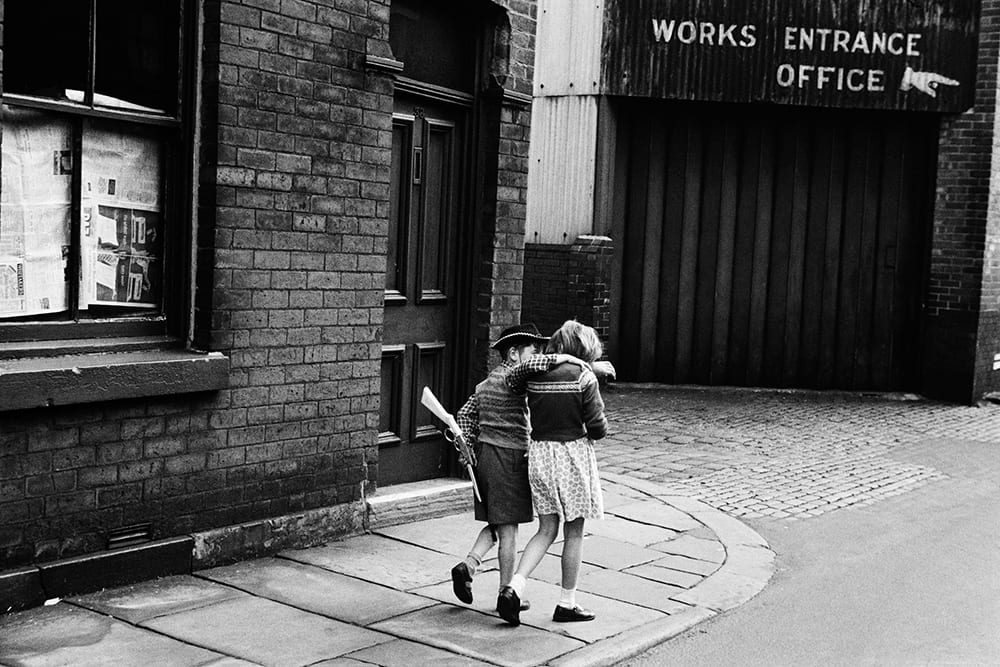As his latest book shows, there are certain themes O’Brien continually returns to in his work. “I especially like covering ‘the last of things’. For instance, when Woolworths was closing on Mare Street, I got into trouble in the store for taking pictures, but I just had to record its demise – it had been going for 100 years and I always had a soft spot for Woolies.
“On the last day smoking was allowed in pubs I went to The Griffin in Shoreditch. I bought everyone tobacco so they could smoke right up to the end, as well as get very drunk. I took these pictures of them sitting around the pub having a good time and although I know it makes sense that people shouldn’t smoke in pubs (plus your clothes don’t smell the next day), there was something nicely atmospheric about the way smoke hung around in bars. It’s these details I like to document when pursuing themes, for instance the last day of the 38 Routemaster bus in Hackney. When the ‘bendy’ buses replaced the Routemasters London lost something special.”
When asked if he has any secrets about the longevity of his career O’Brien quickly answers, “My wife, Jan. She is my severest critic so she enables me to keep things in perspective. She’s a great organiser, brilliant at hanging exhibitions and also a great touch typist, which has enabled me to meet many a deadline I would otherwise not have made. She has been a great help to me in many ways over the years but has always supported me in my photographic pursuits.”

O’Brien twitches when people describe him as a street photographer. “Somebody used the term ‘social documentary’ once and I’ll settle for that. In the past I have done studio work – I ran a studio for Central St Martins School of Art, in the graphic design department when it was on Long Acre in Covent Garden. But I hate the idea of being stuck indoors all the time when there’s so much going on outside.
I know that there are very creative things you can do in studios, but there are only a certain amount of backdrops you can change and props you can use. It just feels limiting. I see life in the street as scenes from a play, constantly changing depending on what drama is being enacted in front of me; incidents ranging from the dramatic to the humorous that everyday life consists of.

“However, the taking of pictures in a busy, bustling and ever-changing environment is not as easy as it sounds. We are constantly being bombarded by so much visual information, especially in a city like London where life rarely stands still. What the photographer has to try to do is somehow separate out and compose those relatively fleeting and rare moments in time which juxtapose all of the elements that go towards the capturing of a unique image. The elements are always there in some form or another, it’s seeing them, organising them and isolating them that is the difficult part of the equation.”
Finding time to shoot has always been one of O’Brien’s preoccupations. “I worked in education and we had reasonably long holidays, so I was able to set myself little projects to do. I really like to roam with the camera and see what transpires. I used to live in Clerkenwell, near Exmouth Market –all the cafes and restaurants in Exmouth Market these days are very posh. About three or four years ago I had an exhibition there. It was in Medcalf’s, a trendy bar, but when I was growing up it was the butcher’s where my mum and dad used to buy their meat.”

